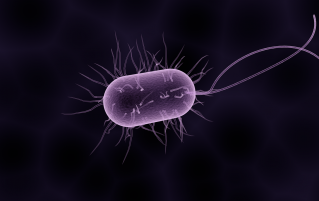

Half human, half microbe!
Scientists used to think that bacteria and other microbes in our body outnumber our own cells by about ten to one. However it is now thought that the ratio between resident microbes and human cells is more likely to be one-to-one. A ‘reference man’ (one who is 70 kilograms, 20–30 years old and 1.7 metres tall) contains on average about 30 trillion human cells and 39 trillion bacteria. Other people might have half as many or twice as many bacteria, but nowhere near as previously thought. Still – that is a lot of cells, and a lot of bacteria!! You definitely would not want to have to count all of them.
If you are in Year 7 or above, you need to be able to recognise the difference between bacterial cells, animal cells and plant cells. You should also be able to label and explain the functions of the organelles. For GCSE students it also explains the difference between prokaryotic and eukaryotic cells.
To help you understand, check out Part 1 of our “How to work with Cell Biology” guide. This describes the structure of an animal cell, a plant cell, and a bacterial cell. It also included some GCSE questions for you to practice, and answers to check your understanding.
Click on the picture below to see the guide.
If you found this useful and think you would benefit from some additional help please contact us.
